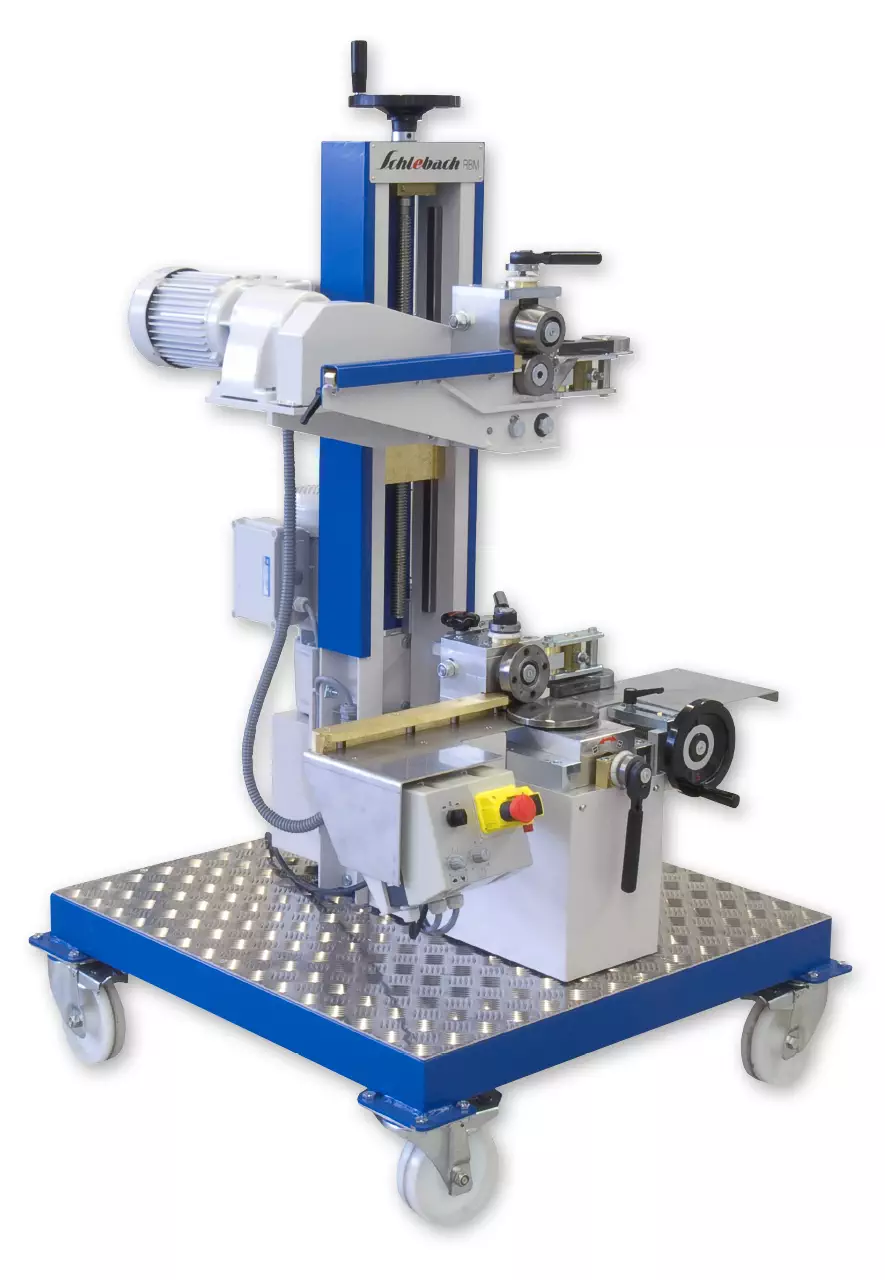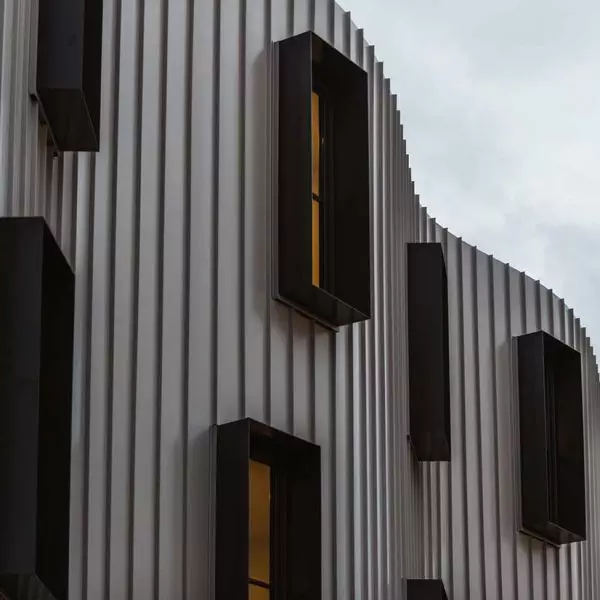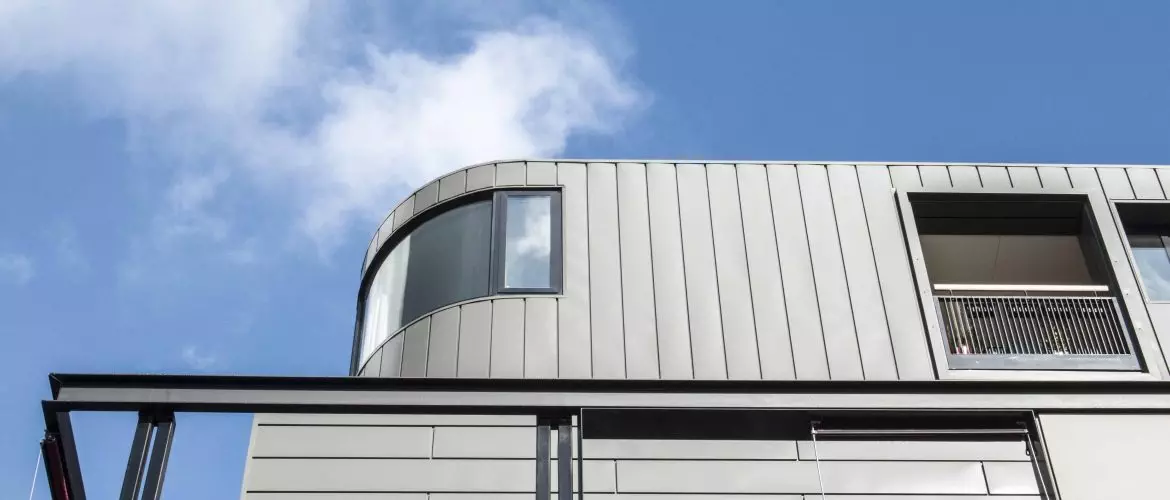Curves provide the perfect architectural contrast to hard linear lines. They’re seductive, intriguing and can really transform a building’s facade into something truly unique. Lust worthy as curves are, when it comes metal cladding there is a bit to consider. Not all profiles lend themselves to curved facade applications and some materials are better suited than others. To help navigate the possible and impossible, our Metal Cladding Systems technical team has broken everything down to make the curvy a little more straight.
Which metal cladding profiles can be curved?
Standing Seam 25 mm and 38 mm are the only roll-formed metal cladding profiles that can be curved. When applying a radius to Standing Seam panels the curve runs through the length of the panel, not across the pan (some applications can achieve a cross-pan curve, however, this is a specialised installation detail, not a manufacturing process). Once curved, Standing Seam can be installed vertically or horizontally on wall and/or roof applications. When trying to achieve high-end architectural details such as curved cladding, the successful installation will be reliant on an installation team with a high level of technical expertise. Metal Cladding Systems can connect you with a suitable installer for your project. Contact our project team to learn more.

Which materials are best suited to curved panels?
Harder metals are more difficult to curve. Metal hardness also determines the achievable radius. Natural copper, titanium zinc (eg: VMZINC and Elzinc), and pre-coated aluminium (Vestis aluminium) are better suited to curving compared to steel. These materials are softer and more malleable. Colorbond and UniCote LUX steel can still be curved, however, designs should be mindful of the radius limitations these materials have. when it comes to radius size. Before producing any final project panels, Metal Cladding Systems run sample pieces (usually fabricated from installer-supplied templates) to ensure a design is viable. All curve metal cladding specifications should be subject to prototyping.

Curve Standing Seam in Vestis Pure White Aluminium.
How do Metal Cladding Systems curve panels?
At Metal Cladding Systems our production team uses a dedicated round arch curving machine. Pre-rolled Standing Seam panels are fed into the curving machine to achieve a nominated radius. Panels are curved into a convex shape making them perfect for architectural corner walls, roofing and dormer style windows.
Curving Standing Seam panels is labour intensive. Metal Cladding Systems charge a set-up fee and additional labour charges due to the complexity of producing curve panels.

Round arch curving machine.
Understanding curved panels vs facetted panels
A clever use of facetted panels can be a great alternative to formally curved panels. This option is especially savvy if you’re keen to curve across pan and not through the panel length. Facetted panels can achieve the illusion of a curved facade without actually needing to curve any metal. For the best results when opting for facetted panels, keep panel widths narrow and work with an experienced installer. Facetting panels opens up the opportunity to work with Interlocking, Nailstrip and Snaplock.

Nailstrip cladding panels in Colorbond Surfmist on Summerville Apartments.
Other curve panel options
Standing Seam is the main profile Metal Cladding Systems will curve. Panels such as Interlocking and Nailstrip can be installed to appear curved. But did you know, Flatlock and Shingle can also be used to wrap a curvy facade? When considering Flatlock and Shingle it’s important to work with a trusted installer early in your project. Their technical understanding will weigh heavily on the application’s success.
Everything Metal Cladding Systems produces is made to order. This means there are opportunities to bend the rules and design outside the scope of this blog. If you’re wanting to push the boundaries, contact our technical team to discuss your project requirements. Our cladding gurus can also connect you with a suitable architectural cladding installer.


